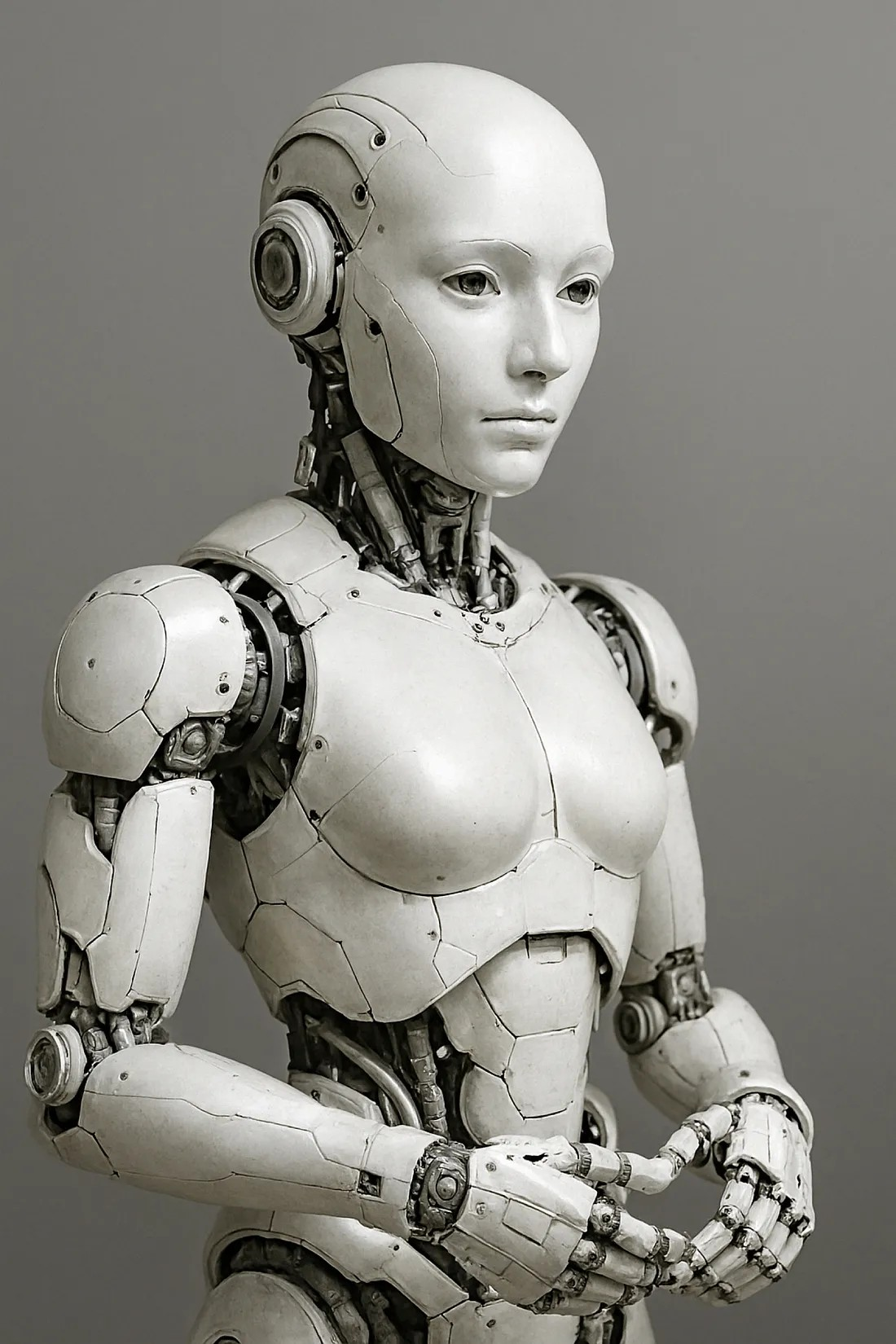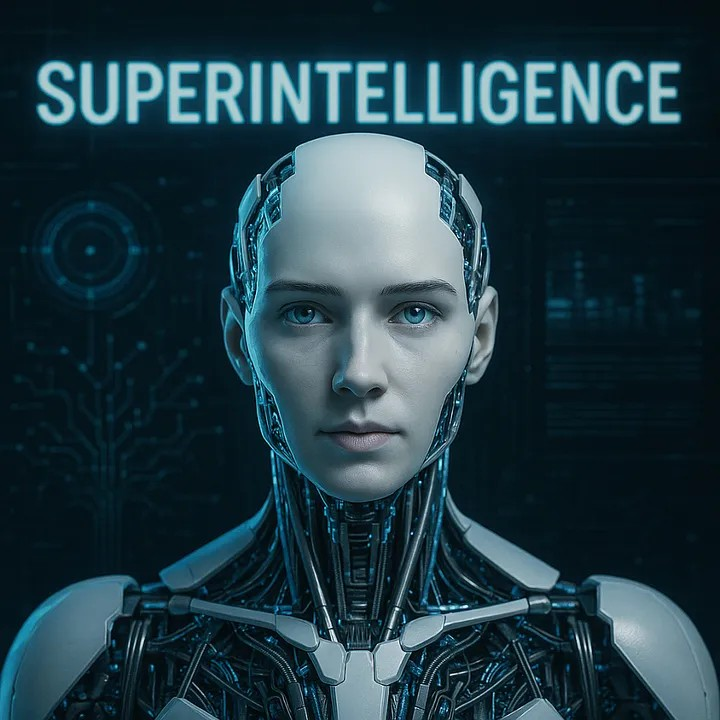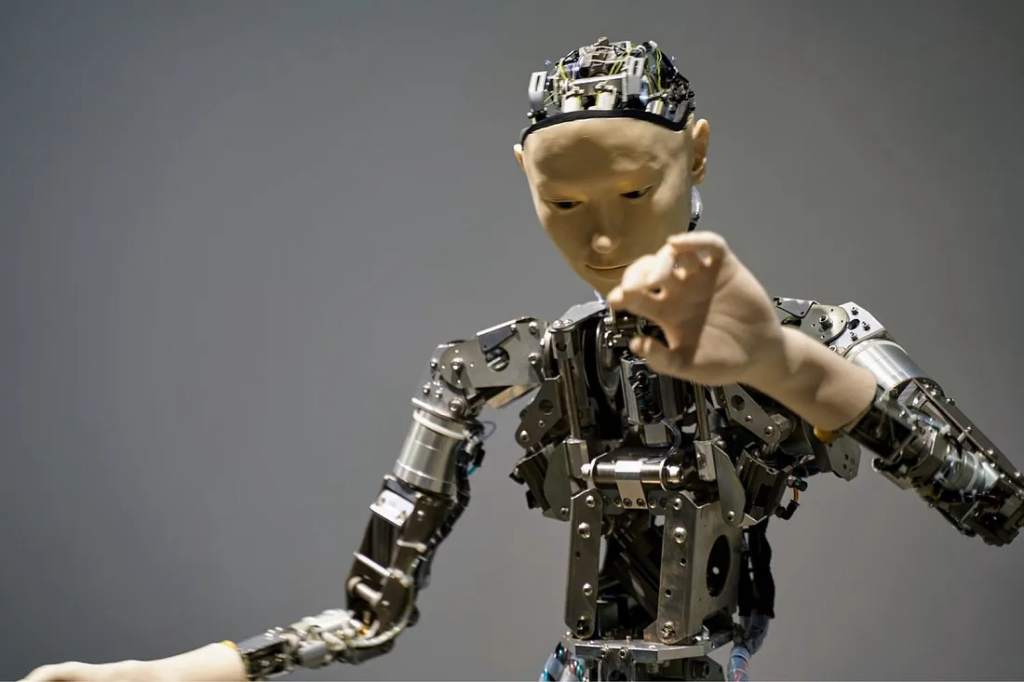
So, we have all been seeing a lot of development in the tech space, from Artificial Intelligence, to robotics, specifically Humanoid Robots. But what is a humanoid robot, and are we slowly moving towards actually living in those dystopian movies we always see on television as a result?
Humanoid Robot Defined
A humanoid robot, as defined by NVIDIA, is a general-purpose, bipedal robot modelled after the human form factor and designed to work alongside humans to augment productivity.
Benefits of Humanoid Robots:
Humanoid robots have many benefits, especially considering that a lot of the humanoids being developed today are geared towards domestic and home usage, but with an industrial utility as well. Let’s look at some of the benefits of having humanoid robots:
- Enhanced Efficiency: Humanoid robots can handle repetitive domestic chores such as cleaning, laundry, and dishwashing. Or repetitive industrial/factory work such as working an assembly line, loading and offloading products etc. Humanoid robots execute these tasks with high precision and consistency.
- Versatile Support for Daily Living: Humanoid robots are designed to mimic human interaction to be able to assist with a wide range of tasks, ranging from basic cooking preparations to organising household items.
- Improved Safety and Monitoring: Humanoid robots can be equipped with advanced sensors to detect hazards like gas leaks, fires, or intrusions, ensuring a safer living environment. In an industrial/factory setting, this reduces on-duty injuries by a significant amount.
- 24/7 Assistance and Reliability: Lastly, unlike humans, humanoid robots do not require rest, allowing them to provide round-the-clock support and assistance. They can manage schedules, be available at any hour for urgent domestic tasks or assistance. In an industrial setting, this means production can go on nonstop and multiply tenfold as humanoids do not suffer fatigue and need to rest the way humans do.
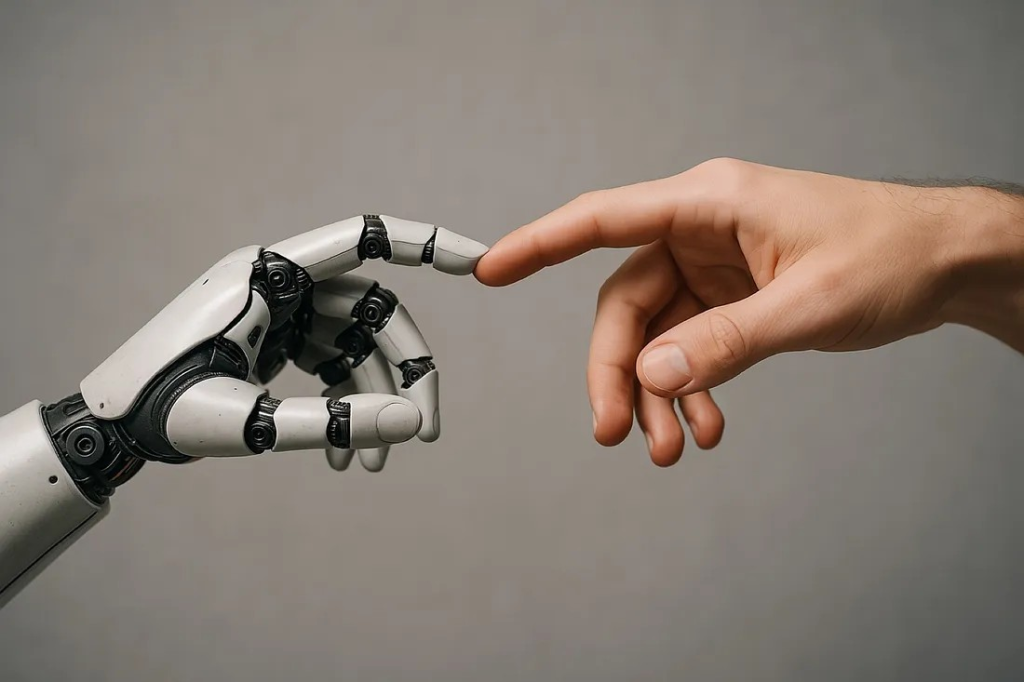
The current landscape of Humanoid Robots
The landscape of humanoid robots is fast growing and it will be complemented by the growth of Artificial Intelligence as the two needs to exist and advance side by side to ensure humanoid robots are both functional and alive in a sense.
There are many companies in the field actively pursuing the development of humanoid robot technology. Let’s look at some of the key players:
- Clone Robotics: Clone Robotics is building a human-like humanoid robot complete with a nervous system and 206 bones that are 3D printed completes with joints to move like that of an actual human being. Its muscles are said to be built based on something called myofibres, which are synthetic muscles that are designed to mimic those of a human. A true depiction of WestWorld, a humanoid robot television series.
- 1x Technologies: 1x Technologies is the company building Neo Gamma, the humanoid robots that will be your home companion, to clean and manage your home (whatever shape or form that takes) – Neo is the upgrade from Neo Beta, which was their first itiration of home-based humanoid robots. They also built one called EVE, which is more industrial focused to work alongside people in factories.
- Figure: Figure, like 1x Technologies also built humanoid robots for industrial and household use cases, Figure 01 was built as a general-purpose robotic worker which can use AI to learn and improve. Figure 02, which was released in 2024, is the more advanced humanoid fit for both household and industrial purposes. Figure 02 humanoids are actually utilised by BMW to perform ergonomically awkward and exhausting tasks to take the strain off human labour in their factories. To function, Figure humanoid robots use an AI called Helix, which is a Vision-Language-Action Model for Generalist Humanoid Control.
Other companies in this space include the likes of Tesla building the Optimus humanoids, Boston Dynamics builds a host of industrial robots like the Atlas robot which recently upgraded to a fully electric robot, an upgrade from the previous version which was hydraulic powered.
Hardware and Software Advancements
As I mentioned earlier, advancements in humanoid robot development should be complemented by the growth of Artificial Intelligence as the two need to exist and advance side by side to ensure humanoid robots are both functional and alive in a sense.
Here are of the key advancements in the software and hardware space in terms of furthering the humanoid robot development agenda:
- Gr00t N1: NVIDIA developed Gr00t N1, which is their pre-trained AI foundation model that has now gone open source, opening the floor for developers in robotics and AI to use this model to build their own humanoids. 1x Technologies collaborated with NVIDIA on humanoid robot development and research utilising humanoids like Neo Gamma running on Groot N1, to autonomously perform tasks.
- Helix: Figure, the company responsible for the Figure 01 and Figure 02 developed a new AI for humanoids called Helix, which is a generalist Vision-Language-Action model (or VLA for short) that unifies perception, language understanding, and learned control to overcome multiple longstanding challenges in robotics.
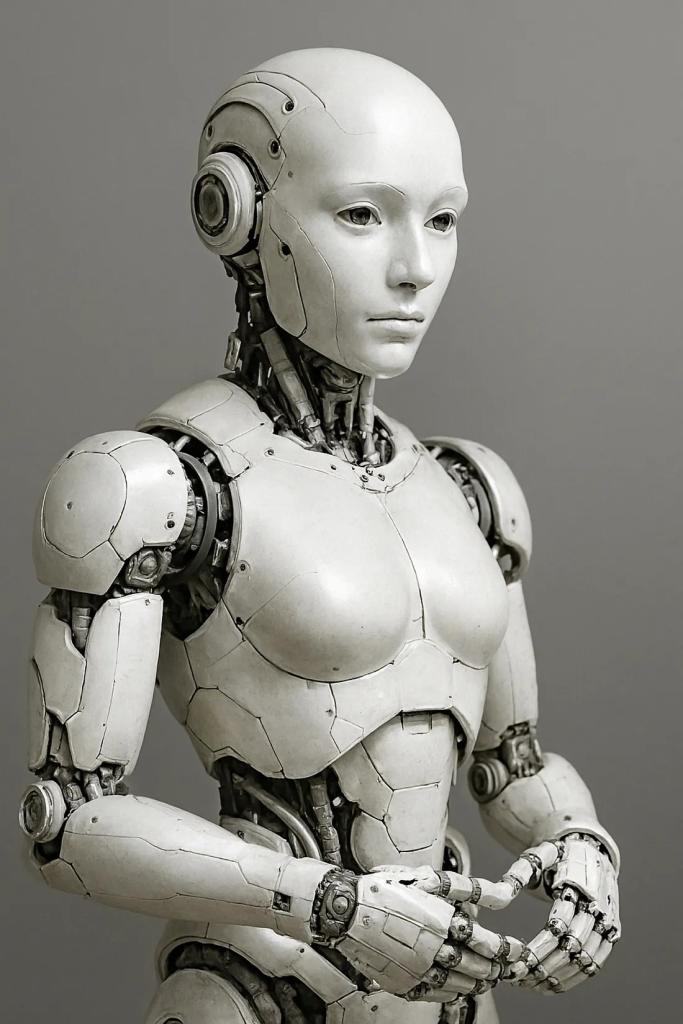
The landscape of humanoid robot development is rapidly evolving, marked by groundbreaking innovations and expanding applications and system like NVIDIA’s Omniverse for AI and Robotics which will work with another system called Cosmos, Effectively forming a Physical AI Digital Twin Operating System. This sytem, will be built in partnership between Nvidia, Google’ DeepMind, and Disney Research. Through this partnership they built a robot project called Newton which features real time simulation.
As technology continues to advance, the fusion of artificial intelligence with sophisticated robotics promises to reshape industries, enhance human capabilities, and redefine the boundaries of human-robot interaction. The journey ahead is both exciting and challenging, inviting us to reflect on the ethical, societal, and technological implications of a future where humanoid robots become integral to our daily lives.

